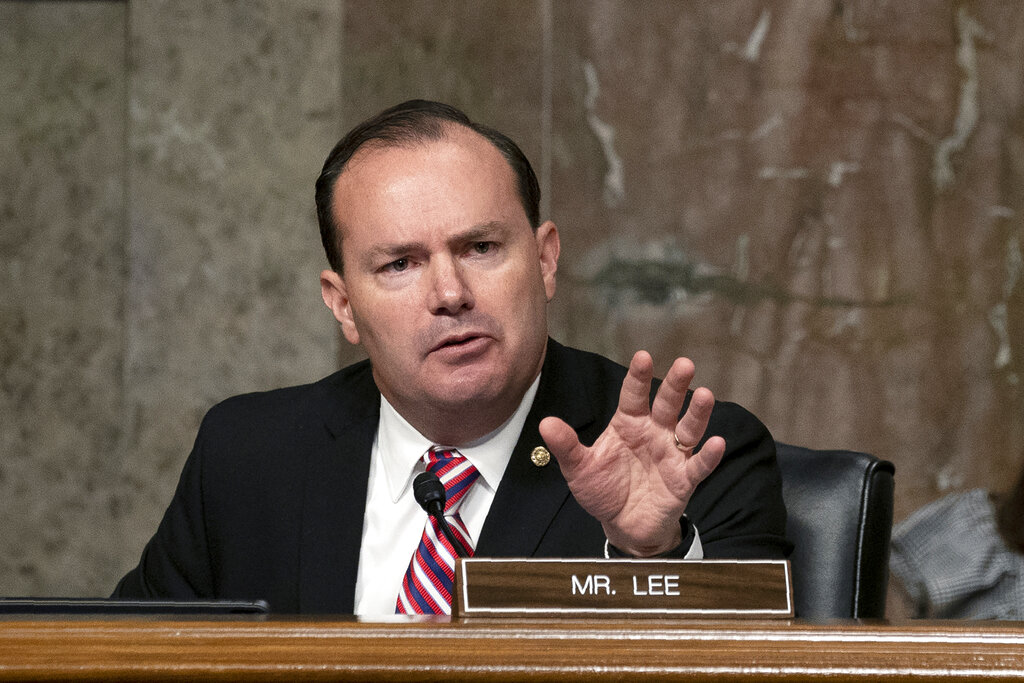Cigarlover
Yellow Jacket
- Messages
- 1,684
- Reaction score
- 1,941
- Points
- 283
I'd like to take a moment to present a different perspective on the fed and banking system.
The fed was created at a time when bankers held shit tons of money. Real money in the form of gold. That was at a time when gold and silver were circulating as the currency in the US. There was a limited supply and the Government couldn't just print gold and silver. In order to fund wars they had to borrow from the bankers.
Let's fast forward to today. Money is no longer in circulation except by those of us on the fringe who understand what real money is. Instead we have a fiat currency which is nothing more than Monopoly money Although I have to be honest and say I have never seen a 500 dollar bill. But to my point. Why do we need to borrow currency and pay interest on it? The government clearly has the power to print all it wants without restrictions. There is no limited supply of currency as was the case with gold and silver, thus, no real reason for the federal reserve or taxation anymore.
The fed was created at a time when bankers held shit tons of money. Real money in the form of gold. That was at a time when gold and silver were circulating as the currency in the US. There was a limited supply and the Government couldn't just print gold and silver. In order to fund wars they had to borrow from the bankers.
Let's fast forward to today. Money is no longer in circulation except by those of us on the fringe who understand what real money is. Instead we have a fiat currency which is nothing more than Monopoly money Although I have to be honest and say I have never seen a 500 dollar bill. But to my point. Why do we need to borrow currency and pay interest on it? The government clearly has the power to print all it wants without restrictions. There is no limited supply of currency as was the case with gold and silver, thus, no real reason for the federal reserve or taxation anymore.








